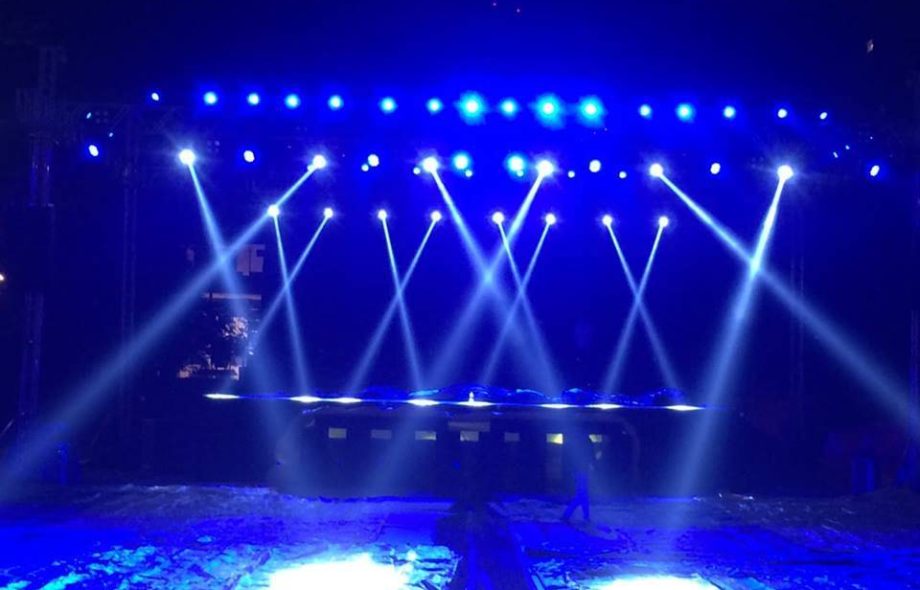Lighting is an essential aspect of any event, and when it comes to DJ performances, concerts, and stage shows, the right lighting setup can enhance the atmosphere significantly. DJ light and follow lights play a crucial role in setting the mood, captivating the audience, and ensuring a dynamic visual experience. In this article, we will explore everything you need to know about DJ lights and follow light, from their types to their best applications.
Understanding DJ Lights
DJ light are specialized lighting fixtures designed to complement music performances and create an engaging environment. They sync with the beats, change colors, and project various effects that add excitement to the event. These lights are commonly used in nightclubs, concerts, weddings, and private parties.
Types of DJ Lights
- LED Par Cans – These are versatile lights that can be used for stage lighting, uplighting, and dance floors. They produce vibrant colors and consume less energy.
- Strobe Lights – Designed to produce rapid flashes of light, strobe lights add dramatic effects and enhance high-energy moments.
- Laser Lights – These lights create intricate patterns, beams, and effects, often synchronized with music.
- Moving Head Lights – Known for their ability to rotate and move in different directions, these lights offer dynamic effects.
- Gobo Lights – These project customized patterns or logos onto surfaces, making them ideal for branding and themed events.
- Wash Lights – They provide an even distribution of color and light, perfect for illuminating large areas.
Benefits of DJ Lights
- Enhances Mood and Atmosphere – DJ lights create an immersive environment that complements the music.
- Increases Audience Engagement – Lights that move and change with the rhythm captivate the audience.
- Customizable Effects – Modern DJ lighting systems allow DJs to program different lighting effects based on the event’s requirements.
- Energy Efficient – LED DJ lights consume less power while providing high brightness and vibrant colors.
Understanding Follow Lights
Follow lights, also known as spotlights, are powerful lights used to highlight a performer or a specific area on stage. Unlike static lighting, follow lights move in sync with the performer, ensuring they remain well-lit throughout their performance.
Types of Follow Lights
- Manual Follow Spots – These require an operator to adjust the direction and focus of the light.
- Automated Follow Lights – These use tracking technology to follow performers automatically.
- LED Follow Spots – These lights offer energy efficiency and produce minimal heat, making them ideal for long performances.
- HMI Follow Lights – These provide high-intensity illumination, commonly used for concerts and large events.
Benefits of Follow Lights
- Keeps Performers in Focus – Ensures that the main subject is always visible.
- Enhances Stage Presence – Adds depth and drama to performances.
- Adjustable Brightness and Color – Many follow lights offer adjustable settings to match different moods.
- Professional Look – Used in professional concerts, theater productions, and award shows to create a polished appearance.
How to Use DJ Lights and Follow Lights Effectively
1. Synchronizing Lights with Music
For a lively and engaging experience, it’s important to sync DJ lights with the beat of the music. Many modern lighting controllers allow DJs to pre-program light sequences that match the tempo of different tracks.
2. Layering Different Lights
Using multiple types of lights creates a dynamic and visually stunning effect. For example, combining moving head lights with strobe lights and laser beams can create an electrifying atmosphere.
3. Using Follow Lights for Key Performances
For concerts and live shows, follow lights should be strategically placed to highlight performers and guide audience attention. It’s essential to choose the right brightness and beam angle to avoid overpowering other stage lights.
4. Choosing the Right Colors
Color selection plays a crucial role in setting the mood. Warm colors like red and orange create excitement, while cool colors like blue and green offer a more relaxed ambiance.
5. Creating a Balanced Lighting Setup
Avoid overusing one type of light, as it can make the visuals monotonous. A balanced mix of spotlights, strobes, and moving lights ensures a well-rounded setup.
6. Utilizing Smart Controls
Modern lighting setups come with DMX controllers and software that allow you to program and automate lighting effects. Learning how to use these controls can make a significant difference in your overall presentation.
Final Thoughts
DJ lights and follow lights are indispensable elements in event lighting. Whether you’re a DJ, event planner, or stage designer, understanding how to use these lights effectively can elevate the overall experience. With the right combination of lights, synchronization, and control, you can create an unforgettable atmosphere for any audience.
Investing in high-quality DJ lights and follow lights ensures long-term benefits, providing professional-grade illumination and spectacular visual effects. So, the next time you plan an event, make sure your lighting setup is as impressive as the music and performances on stage!
 :
https://www.pinterest.com/Jiadjlights/_profile/
:
https://www.pinterest.com/Jiadjlights/_profile/












